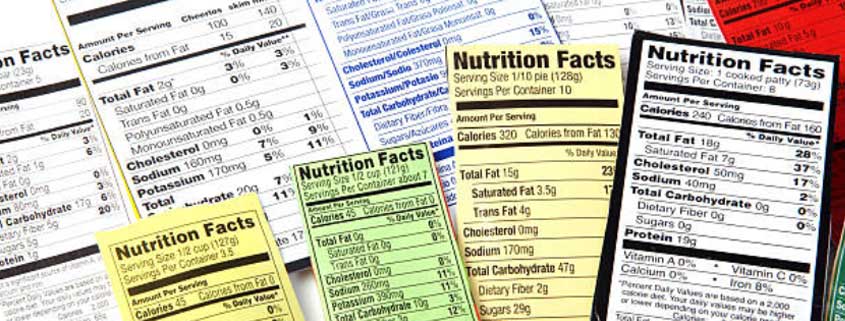Terms On A Food Label: What Do They Mean?
Healthy eating has never been easier, thanks to the food nutrition label. Most foods in the grocery store have a nutrition label and an ingredient list(How to Read Food Labels). Claims like “low cholesterol” and “fat-free” can be used only on a label if a food meets legal standards set by the government.
Reading the nutrition label can help you choose foods that make up a healthful diet. Eating a healthful diet can help reduce your risk factors for certain diseases. For example, too much-saturated fat and cholesterol can possibly raise blood cholesterol (a risk factor for heart disease). Too much sodium may be linked to high blood pressure. High blood pressure is a risk factor for heart attack and stroke. Being healthy daily is up to you. In addition to eating a balanced, nutritious diet daily also stay active, do not smoke, and watch your weight.
Here is a chart that provides some keywords and health claims on product labels, and what they mean as defined by the government.
For example:
| If a food claims to be… | It means that one serving of the product contains… |
| Calorie free | Less than 5 calories |
| Sugar free | Less than 0.5 grams of sugar |
| Fat | |
| Fat free | Less than 0.5 grams of fat |
| Low fat | 3 grams of fat or less |
| Reduced fat or less fat | At least 25 percent less fat than the regular product |
| Low in saturated fat | 1 gram of saturated fat or less, with not more than 15 percent of the calories coming from saturated fat |
| Lean | Less than 10 grams of fat, 4.5 grams of saturated fat and 95 milligrams of cholesterol |
| Extra lean | Less than 5 grams of fat, 2 grams of saturated fat and 95 milligrams of cholesterol |
| Light (lite) | At least one-third fewer calories or no more than half the fat of the regular product, or no more than half the sodium of the regular product |
| Cholesterol | |
| Cholesterol free | Less than 2 milligrams of cholesterol and 2 grams (or less) of saturated fat |
| Low cholesterol | 20 or fewer milligrams of cholesterol and 2 grams or less of saturated fat |
| Reduced cholesterol | At least 25 percent less cholesterol than the regular product and 2 grams or less of saturated fat |
| Sodium | |
| Sodium free or no sodium | Less than 5 milligrams of sodium and no sodium chloride in ingredients |
| Very low sodium | 35 milligrams or less of sodium |
| Low sodium | 140 milligrams or less of sodium |
| Reduced or less sodium | At least 25 percent less sodium than the regular product |
| Fiber | |
| High fiber | 5 grams or more of fiber |
| Good source of fiber | 2.5 to 4.9 grams of fiber |
If you can’t remember the definitions of all of the terms, use these general guidelines instead:
- “Free” means the food has the least possible amount of the specified nutrient.
- “Very Low” and “Low” mean the food has a little more than foods labeled “Free.”
- “Reduced” or “Less” means the food has 25 percent less of a specific nutrient than the regular version of the food.
Here are a few more tips for getting as much health information as possible from the Nutrition Facts label:
- Remember that the information shown in these panels is based on 2,000 calories a day. You may need to consume less or more than 2,000 calories depending upon your age, gender, activity level, and whether you’re trying to lose, gain or maintain your weight.
- In general, as you think about the number of calories in a food per serving, remember that for a 2,000-calorie diet:
40 calories per serving are considered low;
100 calories per serving are considered moderate; and
400 calories or more per serving is considered high. - When the Nutrition Facts label says a food contains “0 g” of trans fat, but includes “partially hydrogenated oil” in the ingredient list, it means the food contains trans fat, but less than 0.5 grams of trans fat per serving. So, if you eat more than one serving, you could quickly reach your daily limit of trans fat. Be careful!






